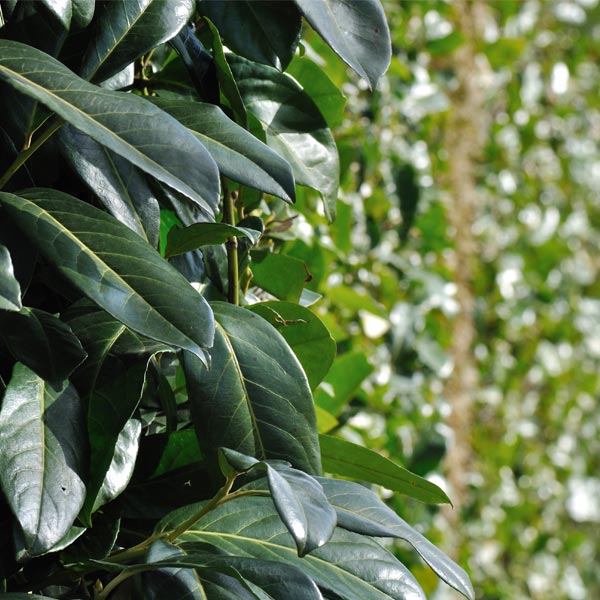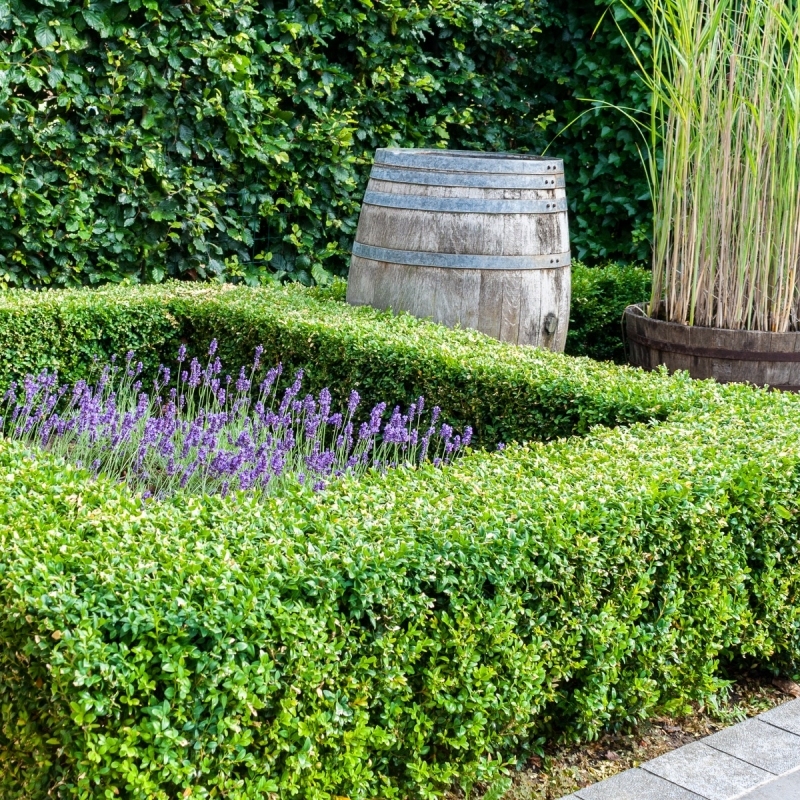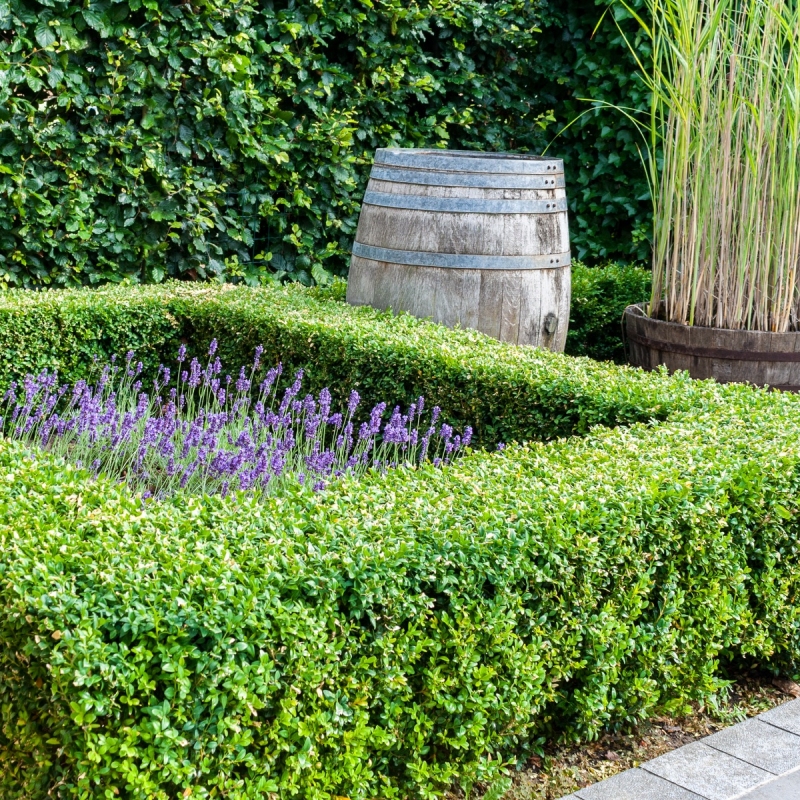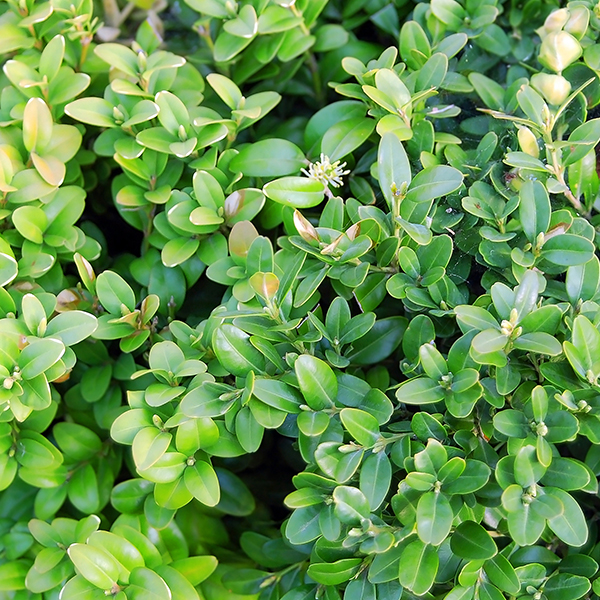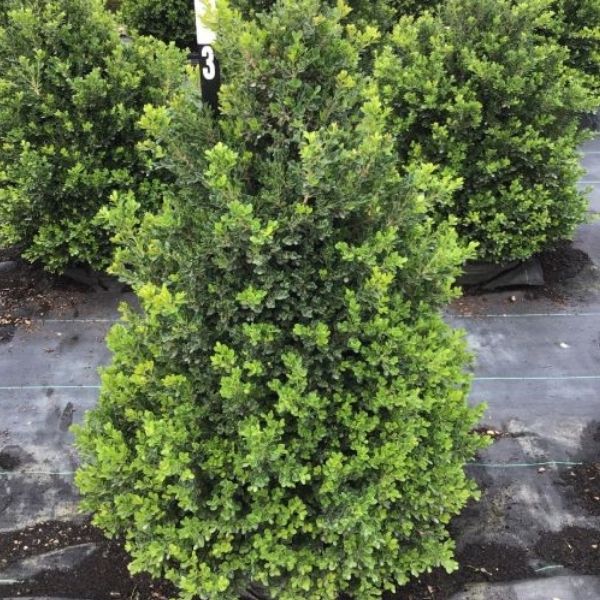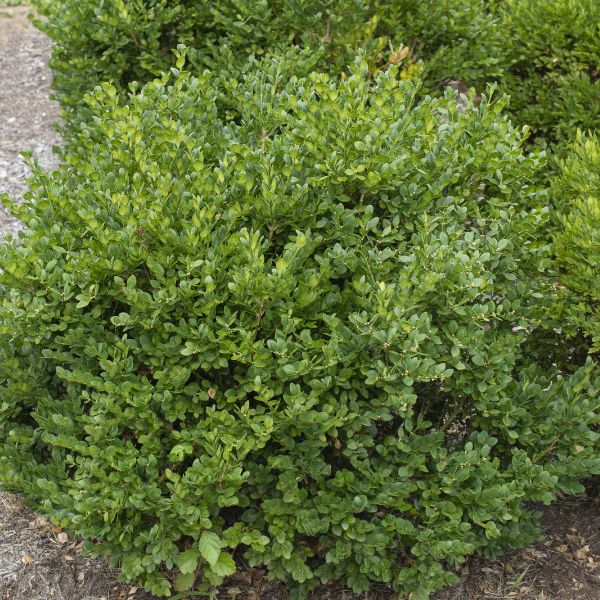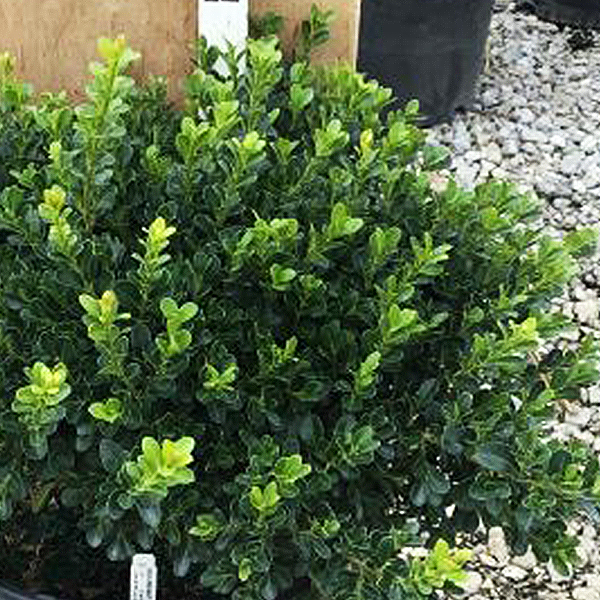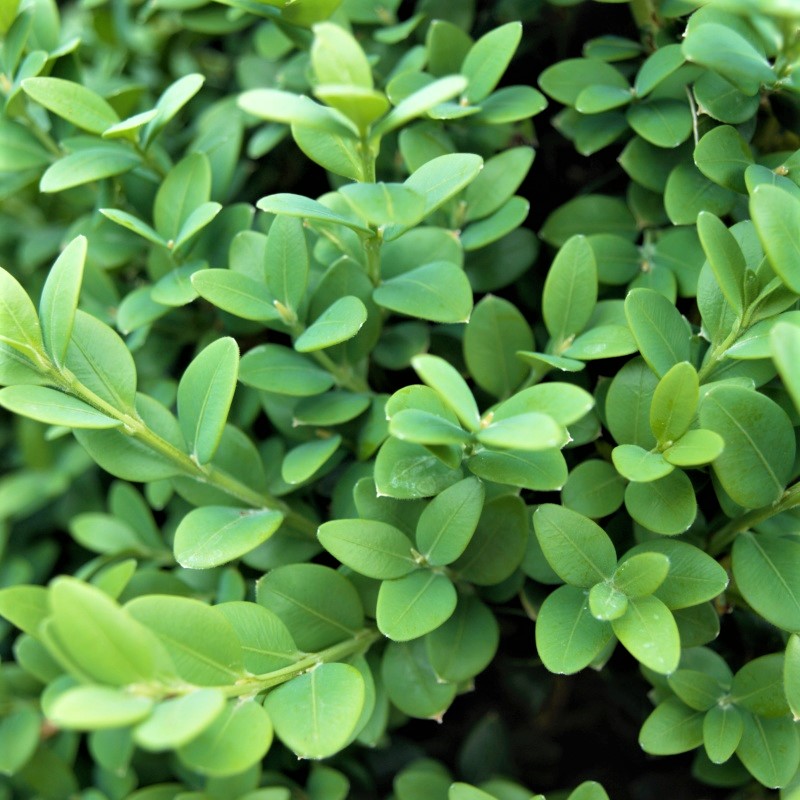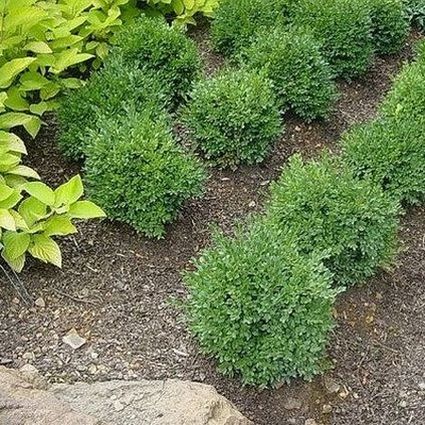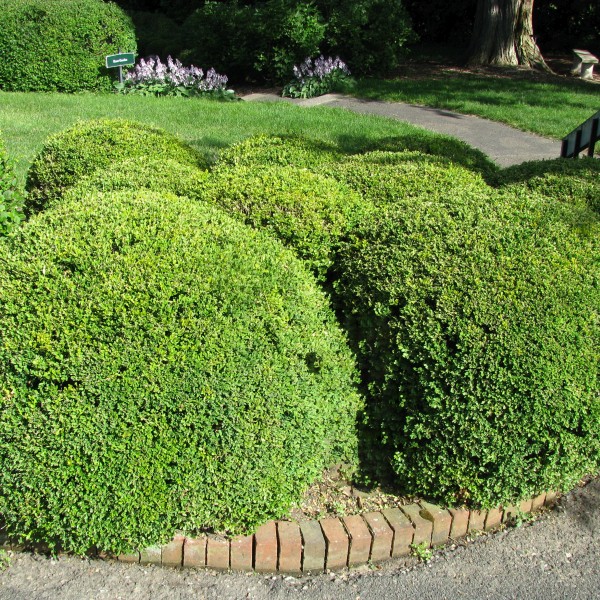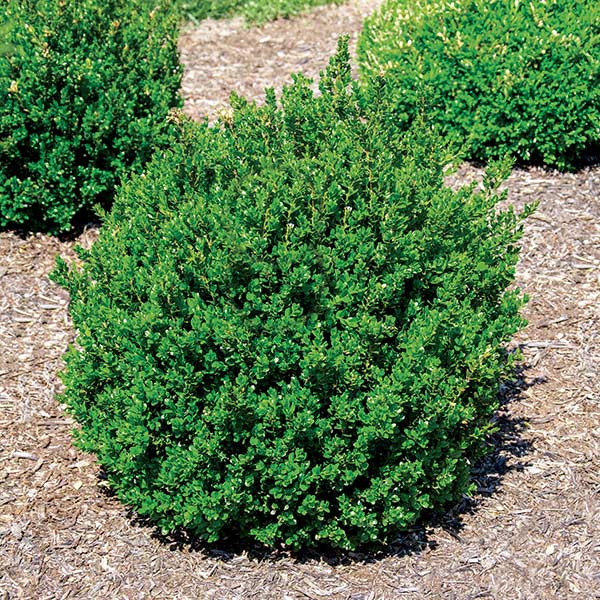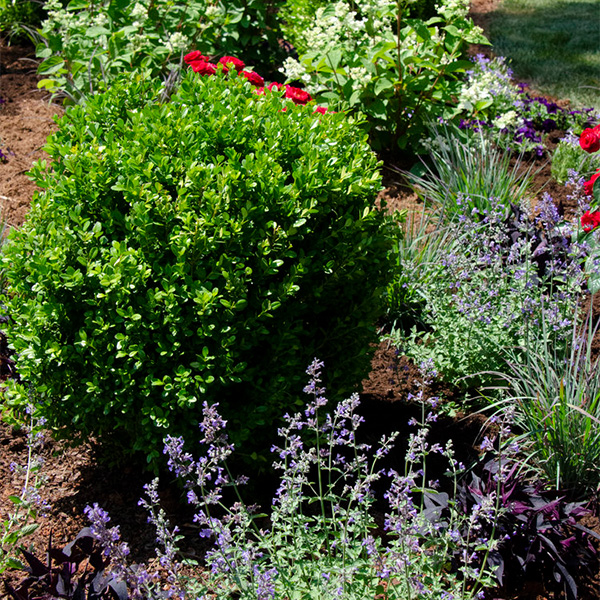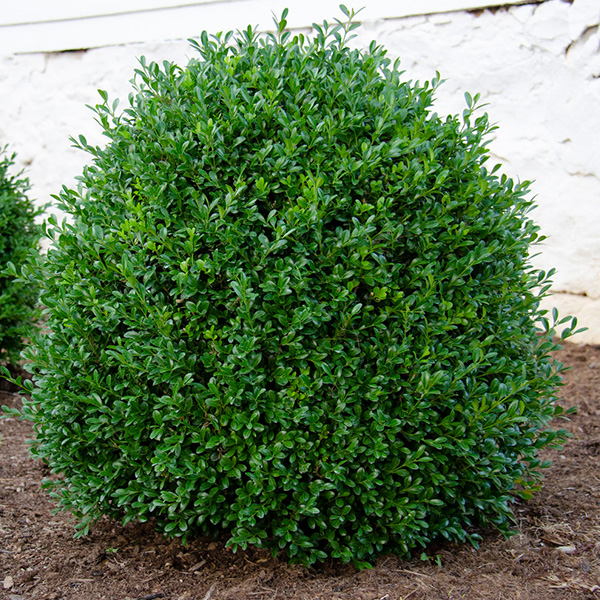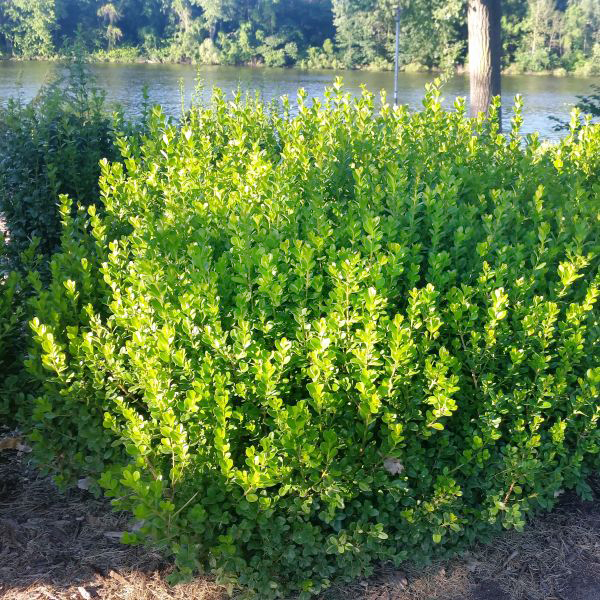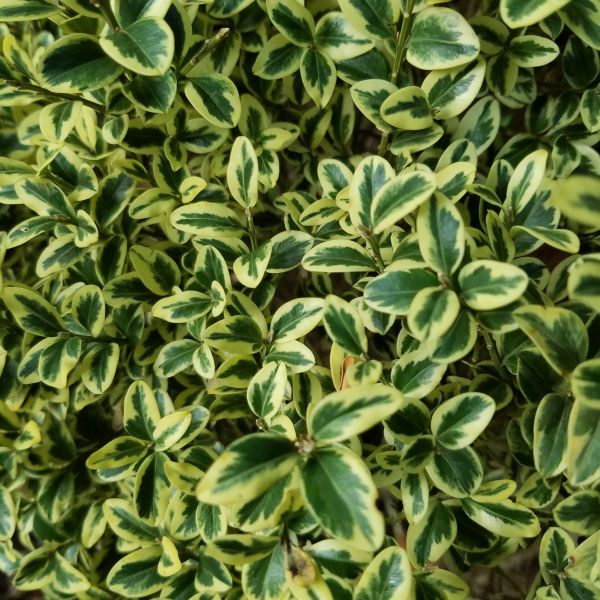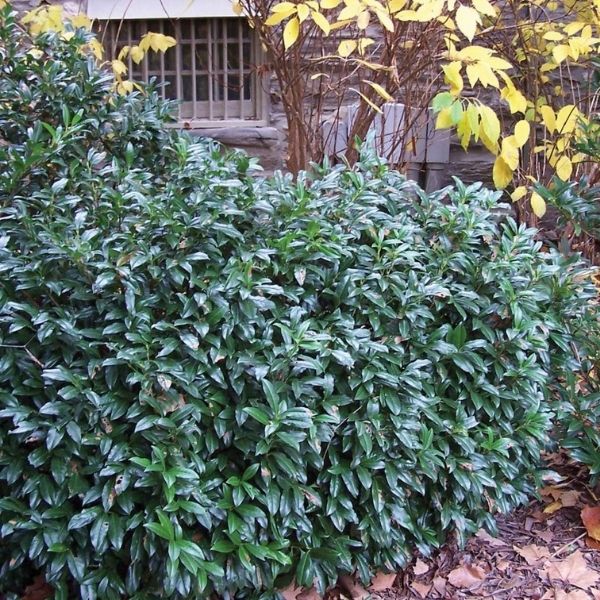
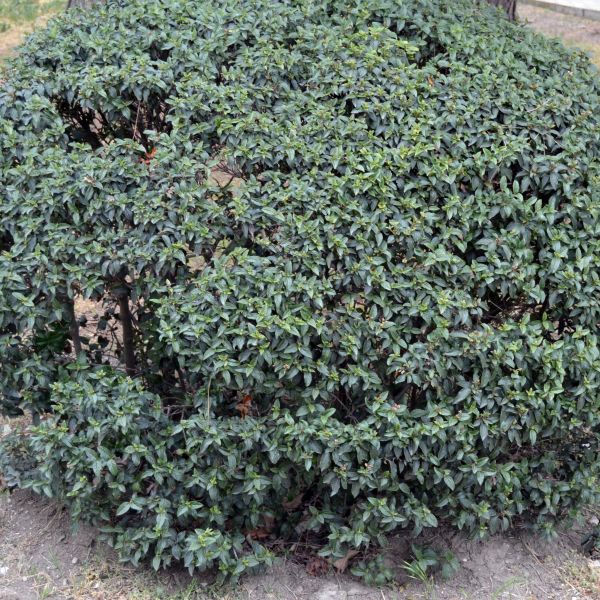
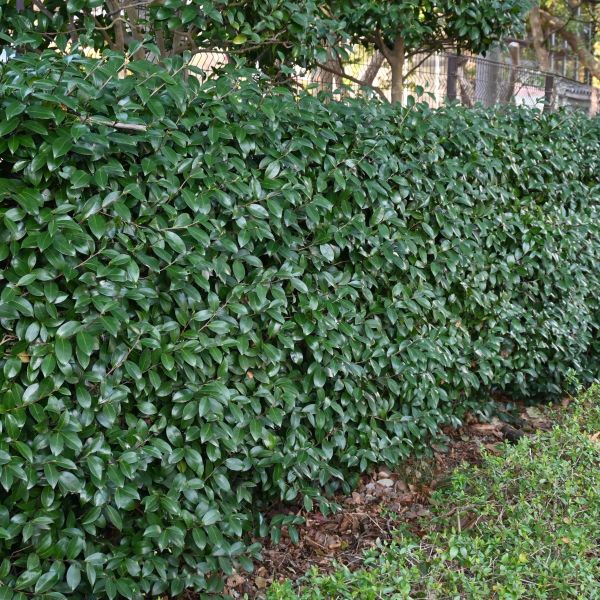
Chestnut Hill Cherry Laurel
Prunus laurocerasus 'Chestnut Hill'
55 reviews
Chestnut Hill Cherry Laurel
Prunus laurocerasus 'Chestnut Hill'
55 reviews
- Tolerant of a variety of soil types and conditions
- Produces attractive clusters of fragrant white flowers in the spring
- Adaptable to both full sun and partial shade environments
- Recommended by landscape designers for optimal fit in real yards
$57.00
$82.00
30% Off
- Ships to in 3 to 7 days
- Free Shipping Over $150
- Plant Arrival Guarantee
- In Stock
- Free Plant Consult
$200 - Landscape-Approved: Every Plant We Sell Comes With Design Expertise Behind It
- 1 Gallon
- 3.5 Gallon
Not just beautiful - intentionally selected by ShrubHub's 3D landscape design team to fit real-world spaces and maximize yard potential.
Why Chestnut Hill Cherry Laurel?
The Chestnut Hill Cherry Laurel is a popular evergreen shrub that's highly valued for its attractive glossy green leaves and fragrant white flowers. It's a fast-growing and low-maintenance plant that's perfect for hedges, screens or as a border plant. The Chestnut Hill variety is known for its compact growth habit, making it an excellent choice for smaller landscapes. It's also tolerant of a wide range of growing conditions, making it adaptable to many different environments.
People who loved this plant also bought
Sunlight
The Chestnut Hill Cherry Laurel plant requires full sun to partial shade, ideally receiving at least 6 hours of direct sunlight per day. It can tolerate some shade but may have reduced flowering and fruiting in shadier conditions.
Watering
The watering requirement for Chestnut Hill Cherry Laurel is moderate. It should be watered regularly, but make sure the soil is well-drained to avoid overwatering. Avoid letting the soil dry out completely between waterings, but also prevent waterlogged co
Fertilizing
The fertilizer requirement for Chestnut Hill Cherry Laurel typically includes a balanced slow-release fertilizer, high in nitrogen, applied in early spring and late summer to promote healthy growth and development.
Introducing the Chestnut Hill Cherry Laurel, a magnificent shrub that will elevate your garden to new heights of beauty and sophistication. Prepare to be captivated by its lush foliage and stunning blossoms as it becomes a striking centerpiece in your outdoor oasis.
Standing with grandeur and elegance, the Chestnut Hill Cherry Laurel boasts glossy, dark green leaves that provide year-round visual appeal. Its dense and compact form creates a sense of privacy and serenity, making it a perfect choice for hedges, borders, or as a stunning focal point in any landscape design.
The Chestnut Hill Cherry Laurel showcases its true splendor when it blooms. In late spring, clusters of delicate white flowers emerge, enveloping the shrub in a breathtaking display of ethereal beauty. The contrast between the vibrant foliage and the pure white blossoms creates a captivating sight that will leave you in awe.
Whether used to create an elegant backdrop, define boundaries, or add structure and depth to your garden, this exceptional shrub effortlessly adds a touch of refinement and charm to any outdoor space. Its adaptability to various soil conditions and its tolerance to both sun and shade make it a reliable and versatile choice for any garden setting.
Maintenance is a breeze with the Chestnut Hill Cherry Laurel. This hardy shrub only requires a little pruning to maintain its desired shape and size. Its resilience and excellent resistance to pests and diseases ensure that it remains healthy and vibrant, providing you with peace of mind and allowing you to fully enjoy its beauty.
Discover a sensory delight with the Chestnut Hill Cherry Laurel's subtle fragrance. As its blossoms unfold, a delicate scent fills the air, creating a serene and inviting atmosphere. Be mesmerized as butterflies and bees are drawn to its nectar-rich flowers, adding movement and life to your garden while you revel in the delightful aroma that envelops your outdoor sanctuary.
Transform your garden into a haven of elegance and natural splendor with the Chestnut Hill Cherry Laurel. Order yours today and embark on a journey of botanical enchantment. Let it's lush foliage and stunning blossoms weave a tapestry of sophistication and beauty, turning your garden into a sanctuary of timeless allure. Discover the magic of the Chestnut Hill Cherry Laurel and unlock a world of horticultural wonder.
Plant Information:
| Botanical Name: | Prunus laurocerasus 'Chestnut Hill' |
| USDA Zones: | 6 - 9 |
| Water: | Moderate |
| Exposure: | Full Sun |
| Soil Needs: | Well Drained |
| Mature Height: | 4 feet |
| Mature Spread: | 4 feet |





Pollination Info
Pollination Info for Chestnut Hill Cherry Laurel (Prunus laurocerasus 'Chestnut Hill')
- Pollinator: Insects, particularly bees and flies, are the main pollinators for Chestnut Hill Cherry Laurel.
- Flowering Time: The tree typically blooms in mid-spring, usually around April.
- Self-Fertile: Chestnut Hill Cherry Laurel is self-fertile, which means it is able to produce fruit without cross-pollination.
- Cross-Pollination: Cross-pollination may increase fruit yield and quality, though it is not necessary for the tree to produce fruit.
FAQ
Chestnut Hill Cherry Laurel (Prunus laurocerasus 'Chestnut Hill') FAQ
1. What is Chestnut Hill Cherry Laurel?
Chestnut Hill Cherry Laurel is an evergreen shrub that is native to Southeast Europe and Southwest Asia. It is commonly used as a hedge or border plant due to its dense foliage and hardy nature.
2. What are the growing requirements for Chestnut Hill Cherry Laurel?
Chestnut Hill Cherry Laurel grows best in well-drained soil with an acidic pH level. It prefers full to partial sun and can tolerate a range of soil types, including clay and loam. It is also drought-tolerant once established.
3. How tall and wide does Chestnut Hill Cherry Laurel grow?
Chestnut Hill Cherry Laurel can grow up to 8-10 feet tall and 6-8 feet wide, making it an excellent choice for hedges and borders.
4. When does Chestnut Hill Cherry Laurel bloom?
Chestnut Hill Cherry Laurel blooms in the spring with small, fragrant white flowers.
5. Is Chestnut Hill Cherry Laurel deer-resistant?
Yes, Chestnut Hill Cherry Laurel is deer-resistant due to its thick foliage and bitter taste.
6. How do I prune Chestnut Hill Cherry Laurel?
Prune Chestnut Hill Cherry Laurel in the fall or early spring to shape it or remove any dead or damaged branches. Avoid severe pruning as it can damage the plant and reduce its overall health.
7. Is Chestnut Hill Cherry Laurel toxic?
Yes, Chestnut Hill Cherry Laurel is toxic when ingested by humans or animals. All parts of the plant, including the leaves, stems, and berries, contain cyanogenic glycosides that can cause vomiting, diarrhea, and other gastrointestinal issues if consumed in large amounts.
8. Can Chestnut Hill Cherry Laurel be grown in containers?
Yes, Chestnut Hill Cherry Laurel can be grown in containers if provided with well-draining soil and adequate moisture. Make sure to select a container that is large enough to accommodate the plant's growth and root system.
9. How do I propagate Chestnut Hill Cherry Laurel?
Chestnut Hill Cherry Laurel can be propagated through stem cuttings or by layering. Take 3-4 inch stem cuttings in the summer and root them in a mixture of sand and peat moss. Layering involves bending a low branch of the plant to the ground and covering it with soil until it develops roots.
10. How do I care for Chestnut Hill Cherry Laurel in the winter?
Chestnut Hill Cherry Laurel is hardy to USDA zones 6-9 and can tolerate winter temperatures down to 0°F. It does not require any special winter care, but make sure to water it well before the ground freezes to prevent desiccation.
Planting & Care
Planting Chestnut Hill Cherry Laurel:
1. Choose a location that has well-drained soil, with plenty of room for the plant to grow. 2. Dig a hole twice as wide as the root ball of the plant and just as deep. 3. Remove the plant from the container and gently loosen any matted roots, then place the plant into the hole. 4. Backfill the hole with soil, making sure to tamp it down around the roots. 5. Add a layer of mulch around the plant, but make sure to keep the mulch away from the stem to prevent rot.Care for Chestnut Hill Cherry Laurel:
1. Water the plant deeply and regularly, especially during the first year after planting. 2. Fertilize with a slow-release fertilizer in the spring and early fall. 3. Prune as needed to maintain a desired shape and size. 4. Check the plant for pests and diseases regularly and treat as needed. 5. Winter protection may be needed in colder climates.Check Out These Verified Customer Reviews:
Customer Reviews
4.7 out of 5 based on 55 reviews
Thank you! Your review has been submitted.
Great quality cherry laurel
The Cherry Laurel shrubs arrived well-packaged and in great condition.
I'm very pleased with the Chestnut Hill Cherry Laurel I ordered. The plant arrived well-packaged and in great condition. It looks beautiful in my garden. The website was easy to navigate, and the delivery was on time. Overall, a great experience.
Item has been added to your cart.



